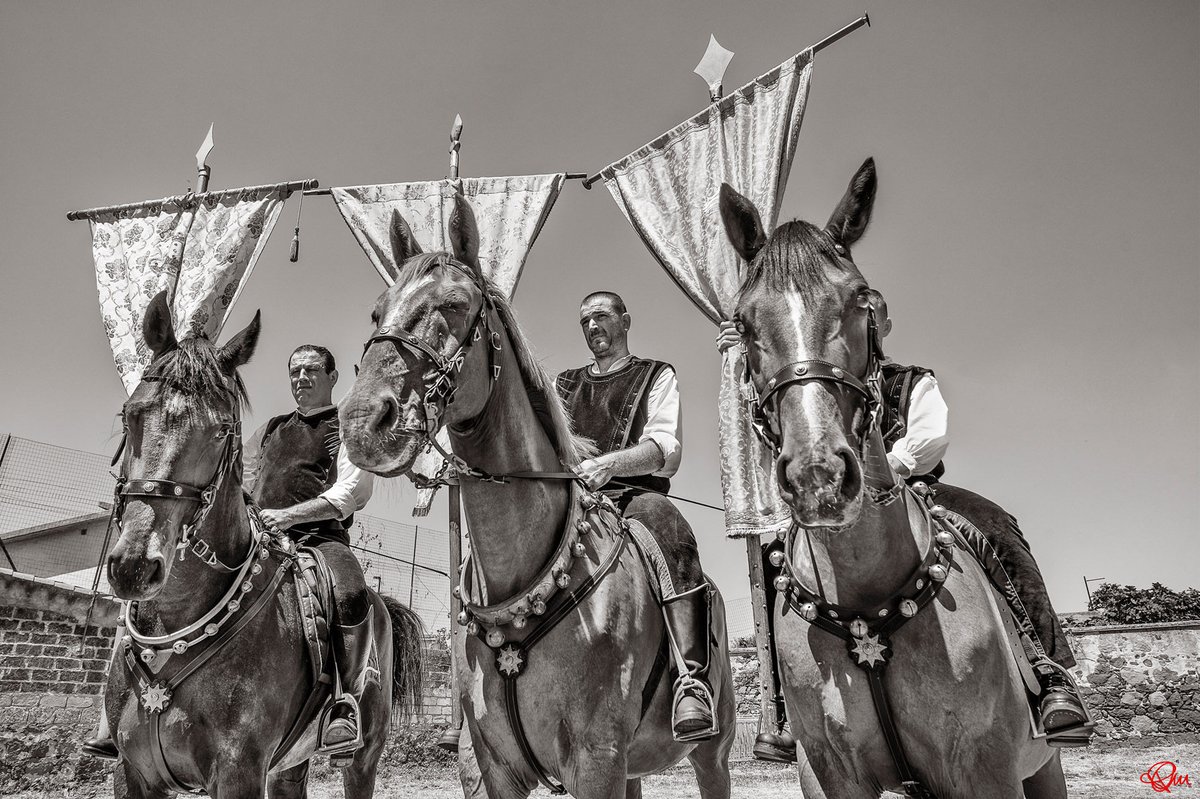
There isn't a single Sardinian language just like there isn't a single Sardinian culture. Every town has its own variations, that's why the topic is complicated and can only be broadly spoken about.
We don't know for sure what language(s) ancient Nuragic populations spoke-
We don't know for sure what language(s) ancient Nuragic populations spoke-
-but we call it generically proto- or paleo-Sardinian. Some words (like babay) and toponyms still remain in the modern languages. There have been also influences from the Phoenician and Punic contacts.
The strongest influence has though been Roman Latin. In fact, Rome colonised-
The strongest influence has though been Roman Latin. In fact, Rome colonised-
-large part of Sardinia and brought their language. Sardinian is a romance language and also considered one of the closest ones to Latin. It would obviously be a "Latin of the commoners" and not the Latin of upper literate classes.
Of the several Sardinian variants,-
Of the several Sardinian variants,-
-the Nuorese of the Baronia is thought to be the closest to Latin, showing how the Roman influence reached every part of the Island even if not accompanied by domination of the locals. Since then, the local language varied little, as is typical of the things from the region.
Wagner, the most important linguist to study Sardinian in the 19th/20th centuries, demonstrated this derivation from Latin and dismantled the idea of large influences from Phoenicians and Arabs. Other influences came from Pisan, Genoese and Catalan/Spanish, as we'll see below.
First of all, Sardinian is not a dialect (and definitely not of Italian). Sardinian languages are older and have been the official languages of the Judicates in Middle Age. Each one had its own variations.
They're called variants because there isn't a common original version.
They're called variants because there isn't a common original version.
This is a rough map of the several Sardinian languages. They can be broadly divided into Logudorese Sardinian, spoken in North Sardinia, and Campidanese Sardinian, in the south. The first is more conservative, the second had more influences from Spanish and some words are - 

-identical in the two languages. A more specific version of Logudorese is the Nugoresu (Nuorese), of which I talked already. The variants have grammar and lexical differences.
Another variation is the Arborense, in the area of Oristano, which is halfway between Logudorese-
Another variation is the Arborense, in the area of Oristano, which is halfway between Logudorese-
-and Campidanese. In the south, we see more differences between the Campidanese Ogliastrino, Iglesiente and "Casteddaiu", from Cagliari. While people within the same large group can understand each other, from north and south is more complicated.
The situation in the north is complicated by the historical influence of Pisa. The Sassarese has a strong Pisan influence, just like the Gallurese (which also has Corsican influence; Corsican derives from Tuscan dialects). Therefore sometimes Gallurese is considered a Tuscan-
-variant, but this is not accepted by everyone since the substrate is Sardinian.
There are then 2 peculiar situations: Alghero and Carloforte. The Algherese is a Catalan variant, born out of a Catalan substrate with Sardinian influence. This began in 1354, when the Aragonese-
There are then 2 peculiar situations: Alghero and Carloforte. The Algherese is a Catalan variant, born out of a Catalan substrate with Sardinian influence. This began in 1354, when the Aragonese-
-king Peter IV signed a peace treaty with the judike Mariano IV. One condition was removing all the Sardo-Genoese inhabitants of the rebellious Alghero and repopulate it with Catalans. Alghero remained almost exclusively Catalan for around 200 years, then Sardinians were - 

-allowed in again. Algherese is not pure Catalan, it's a mix.
The story of Carloforte starts when the population of Tabarka, an island off the coast of Tunisia inhabited by a Genoese colony, began suffering from the incursions from the African main land (even if the island was -
The story of Carloforte starts when the population of Tabarka, an island off the coast of Tunisia inhabited by a Genoese colony, began suffering from the incursions from the African main land (even if the island was -
-given to Genoa by the Bey of Tunisia). Some inhabitants were abducted and the Savoy king, Carlo Emanuele, worked to have them back. He moved them to the island of San Pietro, at the time uninhabited, founding Carloforte, which bears his name (a similar thing happened to-
-Calasetta).
The language spoken today in Carloforte is Tabarchino, a variant of Genoese with some Sardinian influence. The Carlofortini are still the only ones in Sardinia to have traditions of couscous, and their traditional dresses are strongly Genoese.
The language spoken today in Carloforte is Tabarchino, a variant of Genoese with some Sardinian influence. The Carlofortini are still the only ones in Sardinia to have traditions of couscous, and their traditional dresses are strongly Genoese.

• • •
Missing some Tweet in this thread? You can try to
force a refresh
















